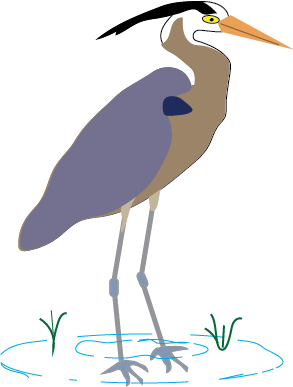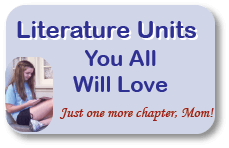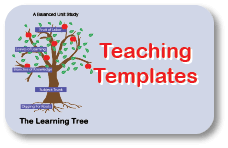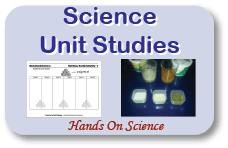Causes of Lunar Eclipses
Show the causes of lunar eclipses with our lunar and solar eclipse worksheets.
Free Download Below
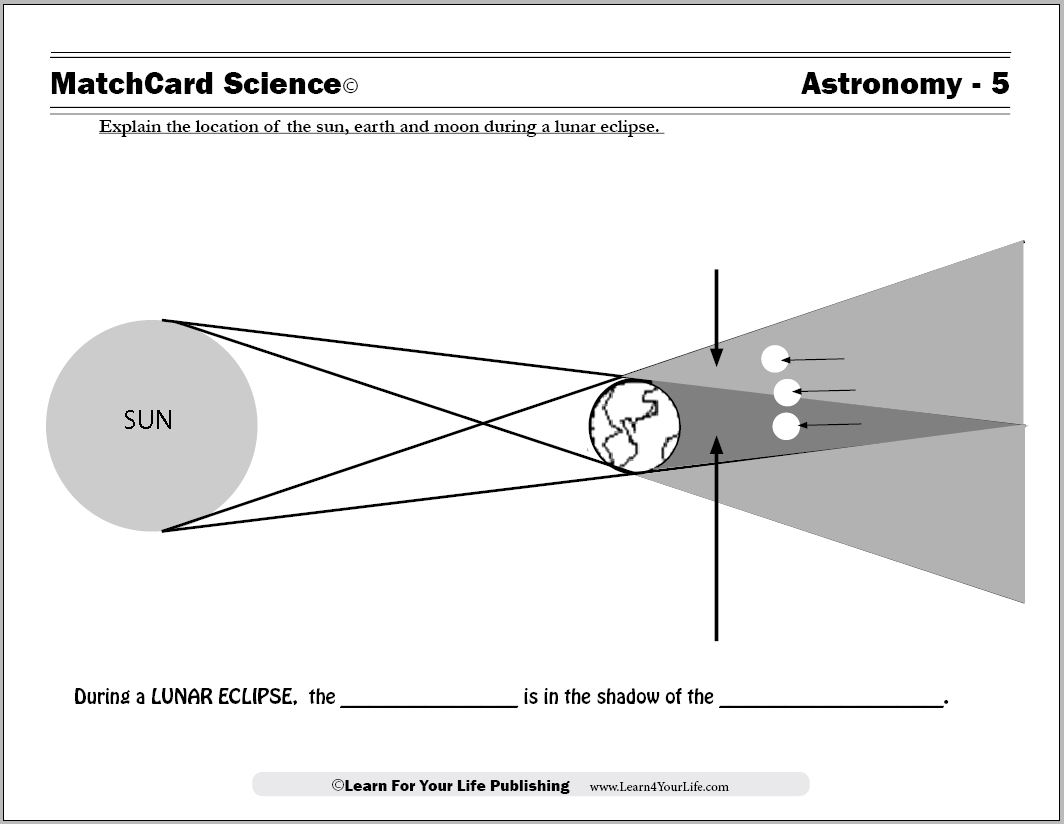
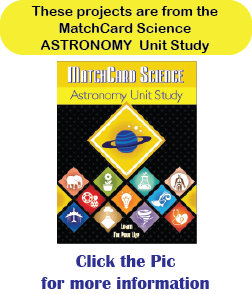
Lunar Eclipse Worksheet
Objective: Explain the location of the sun, earth and moon during a lunar eclipse.MatchCard: Download below.
MatchCard Information Pieces compare location of the moon and earth in relationship to the sun to explain the causes of lunar eclipses. Students identify total and partial eclipses and the umbra and penumbra.
Use the Lunar Eclipse MatchCard
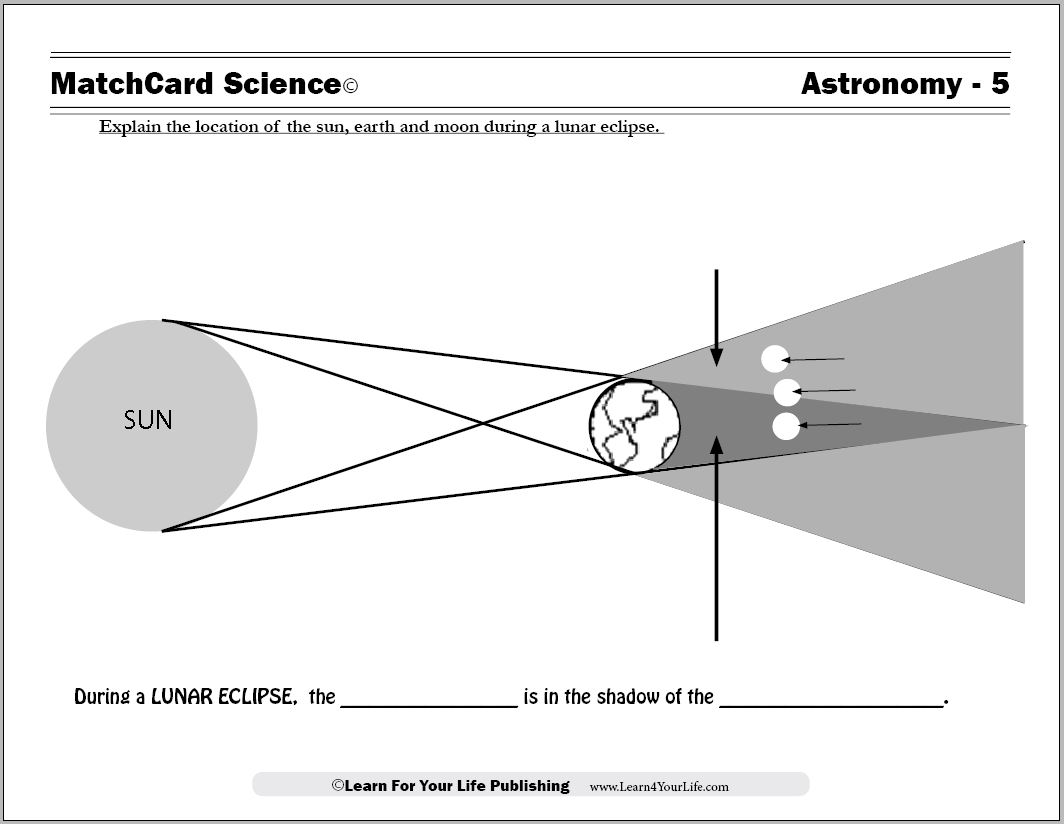

Click image to go to download.
This is MatchCard #5 of the Astronomy Unit Study. Find more information on MatchCard Science below.
What Is An Eclipse?
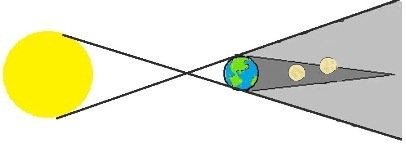
Only during a full moon can a lunar eclipse occur. And while the moon has 12 or 13 full moons every year, it's orbit only causes lunar eclipses about every six months. The rest of the time, the moon is circling high enough above the Earth that even in a full moon the light of the sun reaches it.
But when the orbit of the moon gets in the Earth's shadow on the side away from the sun, something mysterious happens.
Types of Moon Eclipses
There are two types of lunar eclipses that can be seen with the naked eye.Total Eclipse
The most exciting is a total eclipse. With a total eclipse the moon hides in the darkest shadow behind the Earth. If you look at the moon during a total eclipse, you will see that it is a bright red or orange color. It must have been very scary to people in ancient times to see the moon turn a blood red color.
Where does the red come from? The red light is actually coming from the sun and passing through the Earth. Most of the colors of the white light spectrum are filtered out. But the red light passes through the Earth's atmosphere and makes the moon look red. It looks as if the Earth were one large pair of red sun glasses.
Partial Eclipse
A partial eclipse is also very strange. It looks as if a giant Cookie Monster took a big bite out of the moon.
How does that happen? You will have to do the demonstration below to help this make sense. There is the darkest deepest shadow of the Earth (the umbra) and a lighter shadow (the penumbra.) When the moon is partly in the umbra and partly in the penumbra a partial eclipse occurs.
Penumbral Eclipse
FYI: There is third type of eclipse called a penumbra eclipse. In my opinion, it isn't too exciting, but of course all astronomers should know about them. They occur when the moon passes through the penumbra shadow but not the umbra shadow. If you are looking at the moon from the Earth it looks pretty much the same as it does the rest of the time.
Demonstrate A Lunar Eclipse
Total Eclipse Demonstration
Lunar Eclipse Demonstration #1
The best way for a student to understand the causes of a lunar eclipse is to see a demonstration. You will need:- a light source
- a globe or ball to represent the Earth
- a tennis ball or other ball small enough to represent the moon
Umbra and Penumbra Demonstration
Lunar Eclipse Demonstration #2
The umbra and penumbra can be demonstrate with many cone shaped light fixtures that shine the light into the room at an angle. If you don't have such a light fixture, you can make a paper cone and place it around a flashlight so the beams spread out.Hold your hand, or the ball, or some other object in the light. You will notice there is a distinct dark shadow in the middle. There is a fuzzier, lighter shadow around the edges. Ask if they can explain why there is a dark and light shadow. The lunar eclipse diagram on the MatchCard may help them to articulate the answer.
More Activities for Lunar Eclipses
Pictures, Please
Look for colored pictures and videos of a lunar eclipse. You can see these with:- Books
- Internet Image Search
- Youtube Clips
Watch A Lunar Eclipse
Check to see when the next Lunar Eclipse will be available in your area. Even if the next date is after you have completed the Astronomy Unit Study, it is still worthwhile to watch. Mark your calendar. Then get up and check out the blood red moon.Vocabulary Fun
Eclipse
The word eclipse apparently comes from an old French word for darkness. The most common use of the word refers to either a lunar or solar eclipse. It is a noun.We sometimes use eclipse as a verb, meaning “to make less.” “My mom’s fear of spiders in the woods was eclipsed by the 80 foot python in the branches above her head.”
Lunar
Lunar is another word for moon. Have you heard of these words that come from the same root:- Lunatic
- Lunacy
Solar Eclipse

Solar Eclipse
Compare Solar vs Lunar Eclipse with MatchCard #6.
MatchCard Science
How To Use MatchCards

Download the FREE MatchCard Science Instructor's Guide and see how MatchCards can make building their science knowledge base fun.
Astronomy Unit Study
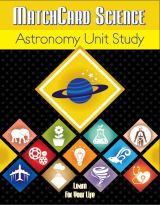
Explore the universe with the MatchCard Science Astronomy Unit Study..
12 Science Unit Studies

Chemistry is only one of twelve complete unit studies for kids in 3rd to 8th grade.
Comprehensive objectives, hands-on projects, suggested science fair experiments, and the fun game-like MatchCards keep them interested in learning science. See all twelve MatchCard Science Unit Studies.
About Our Site
Hands-On Learning
